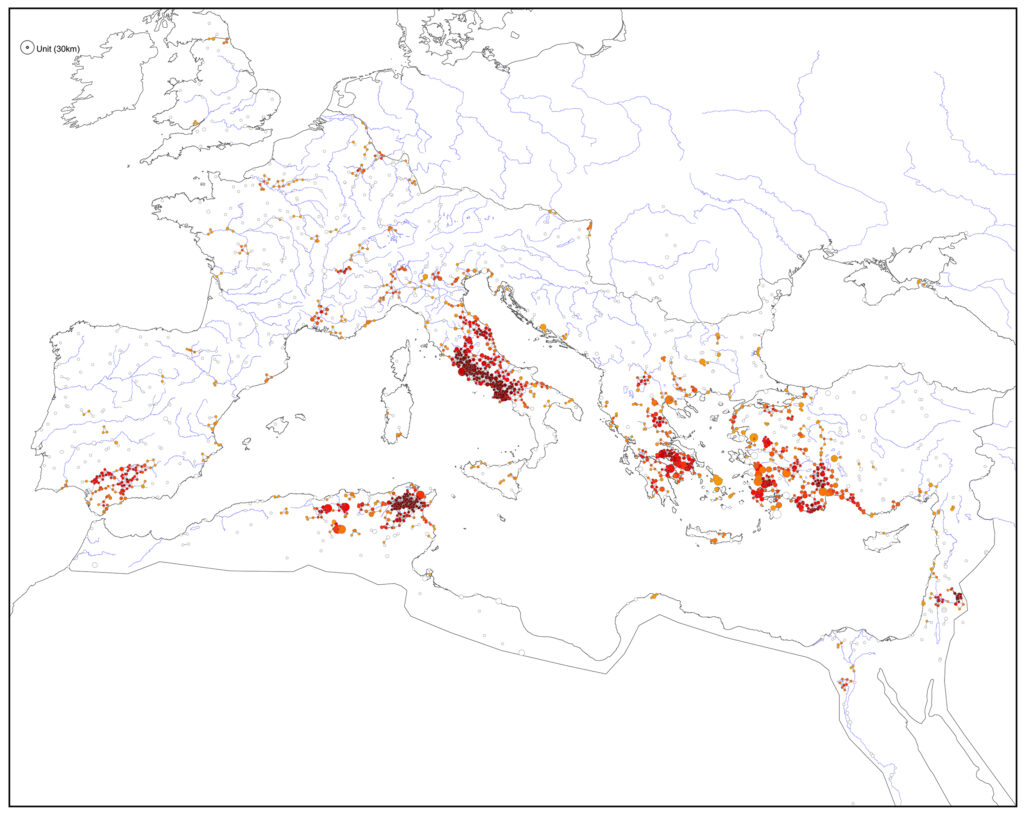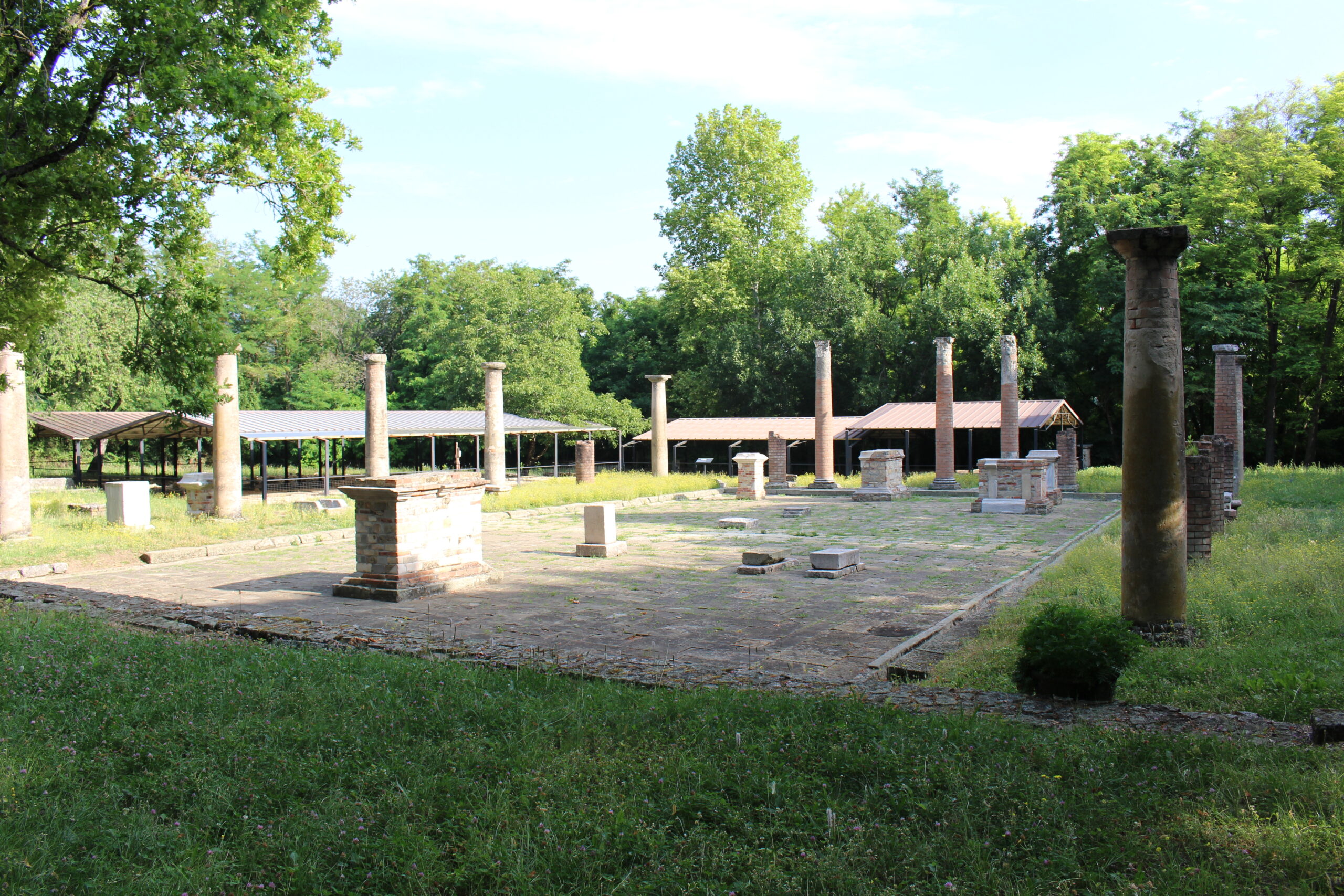
How did the Roman Empire transform the way in which people involved in longer-distance trade could get their information about local markets? How did economic information circulate within and between cities? What did the ‘information landscapes’ look like with which traders would have to familiarize themselves? This chapter was published in a 2021 volume on Managing Information in the Roman Economy, edited by Cristina Rosillo-López and Marta García Morcillo. It explores the reality of asymmetric information in Roman economic practice by analyzing the historical development of ‘information landscapes’ in the Roman world, and by assessing what these imply for the contexts in which asymmetric information could play a role in everyday transactions.
I started from the idea that space remains an underexplored issue in approaches to economic practice in the ancient world, even though it is clear that, particularly in the Hellenistic period and the early Roman Empire, the nature and the dynamics of space change drastically, within regions, they change as a consequence of political unification, economic integration, and urbanization and, within cities, they change because of developments in architectural practice and increasing monumentalization. The chapter discusses the nature and impact of these developments both at the regional level and the urban level.
On the regional level, it observes the emergence, within the Roman Empire, of a limited number of clusters with a rather dense pattern of urbanization, implying strongly integrated regional information networks, and large areas were cities were fewer and further in between, suggesting more dispersed information networks, and a less natural circulation of information. These differences matter for economic actors operating at a supra-local level, and they have implications for the information strategies they can and cannot develop.
Within cities, there is an increasing development toward the construction of permanently accessible public facilities in and around the urban center which suggests a more predictable communication landscape, and therefore a more stable circulation of information, while the increasing amounts of shops along urban thoroughfares particularly in Roman Italy increased the density of urban information landscapes. This means that more, and better information was available to more people. The final section of the chapter explores what this means for information asymmetries, contending that this transformed the role that information assymetries played in everyday economic praxis.
Bibliographical details
Type
Chapter in edited volume, 2021. Peer reviewed. Publication of a 2018 conference organized in Sevilla, where I gave an invited talk.
Reference
Flohr, M. (2021). ‘Information landscapes and economic practice in the Roman World’, in C. Rosillo López and M. Garcia Morcillo (eds), Managing Information in the Roman Economy. Palgrave Studies in Ancient Economies. London: Palgrave, 205–228. ISBN: 9783030540999
Open Access
A PDF of this publication is available in Open Access via Leiden University (https://hdl.handle.net/1887/3216895).
Pictures
Featured Image
This map of the Roman world shows the spread of evidence for urban culture in the Roman world. It combines epigraphic evidence – inscriptions referring to key urban processes – with architectural remains of public buildings such as baths, theatres and amphitheatres, and it is color-coded to highlight the regional density of this evidence.
Miko Flohr, 26/01/2021

